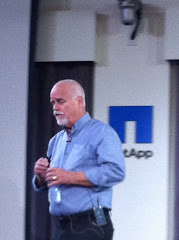In a Forbes' article, HealthCare.gov Diagnosis: The Government Broke Every Rule Of Project Management, the author lists key reasons why the project failed:
- Unrealistic Requirements
- Technical Complexity
- Integration Responsibility
- Fragmented Authority
- Loose Metrics
- Inadequate Testing
- Aggressive Schedules
- Administrative Blindness


